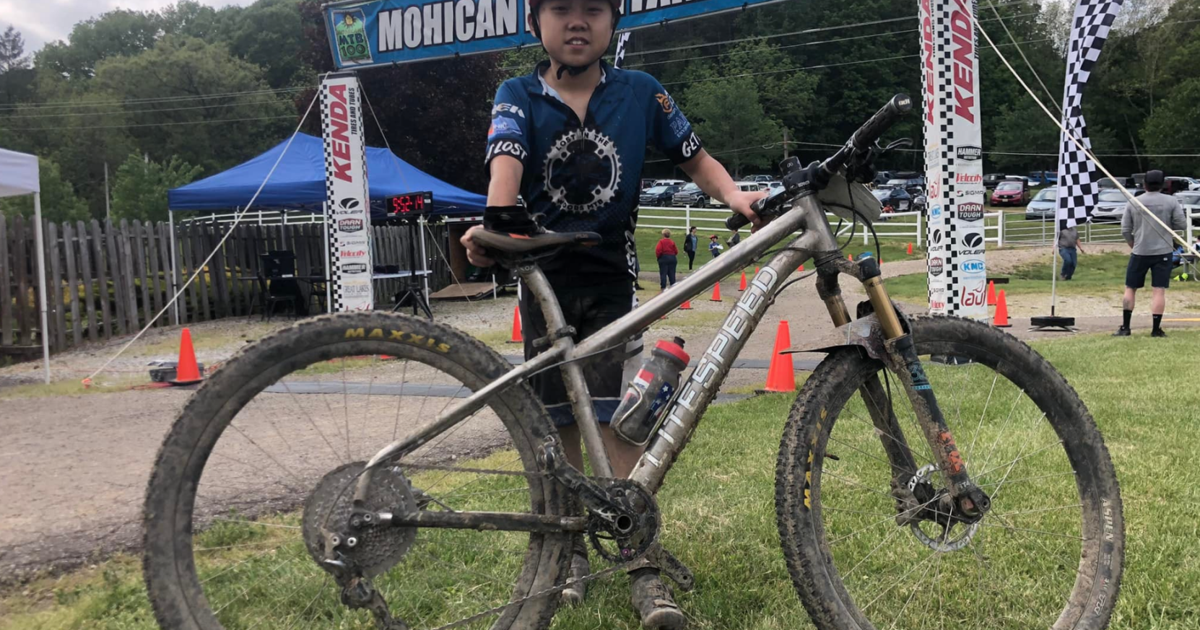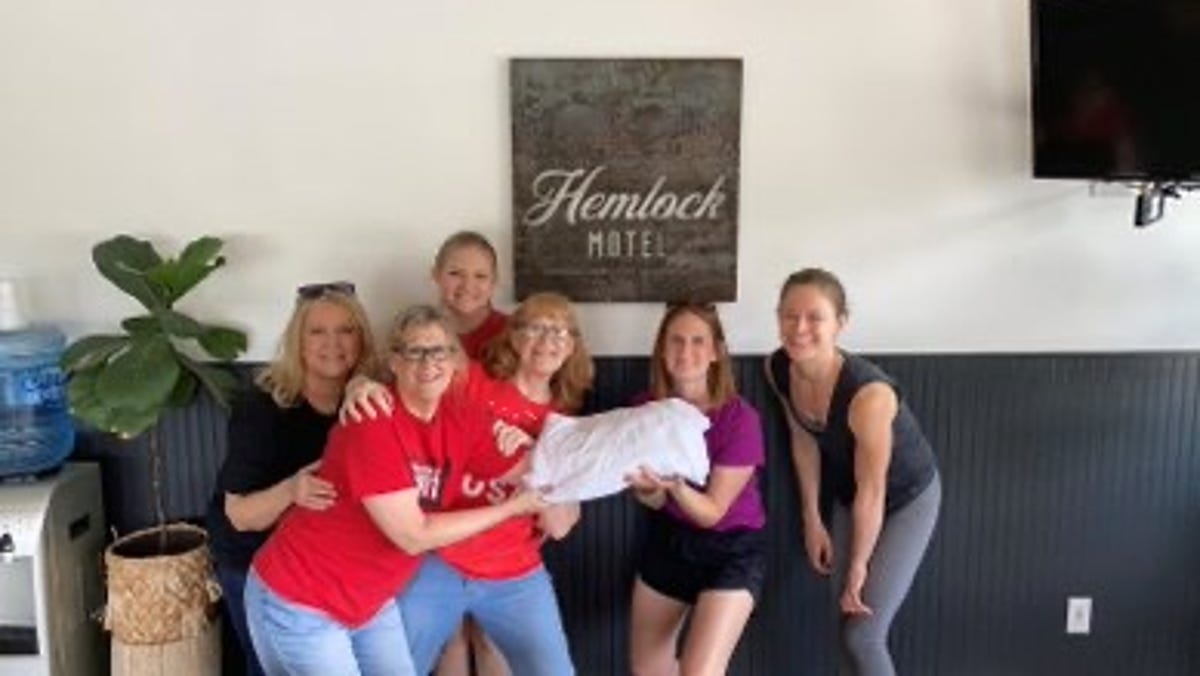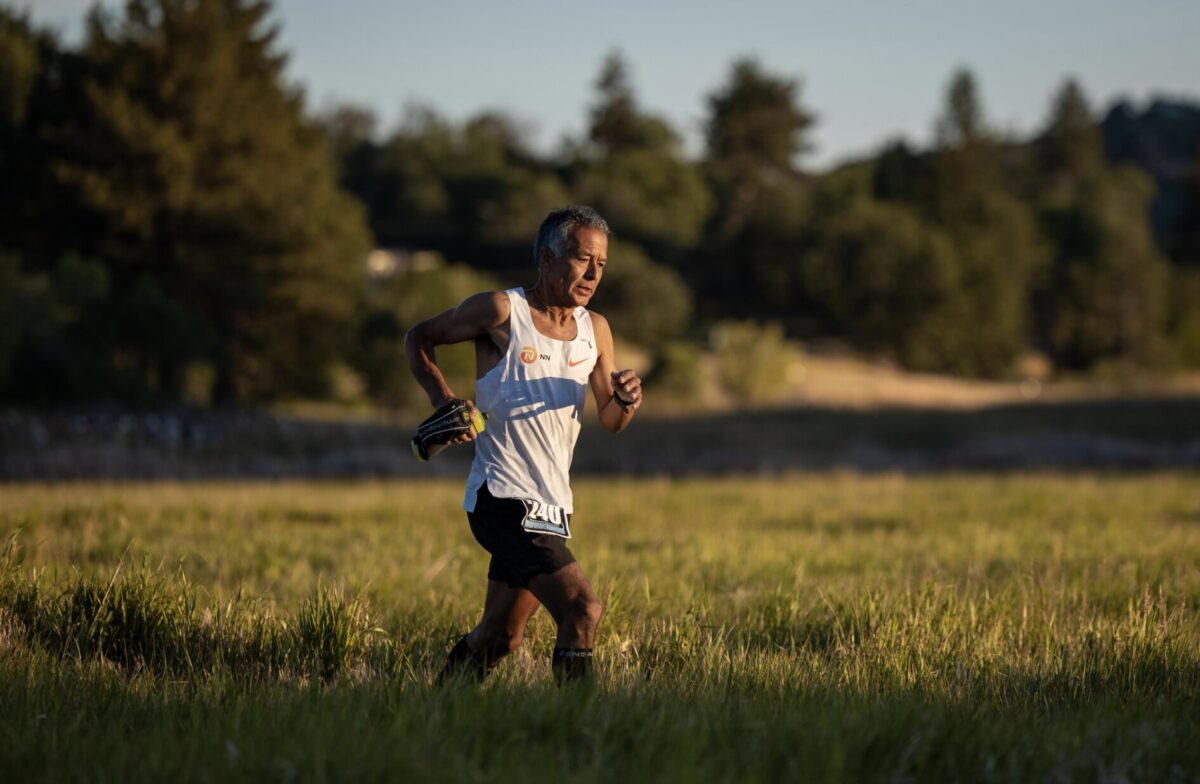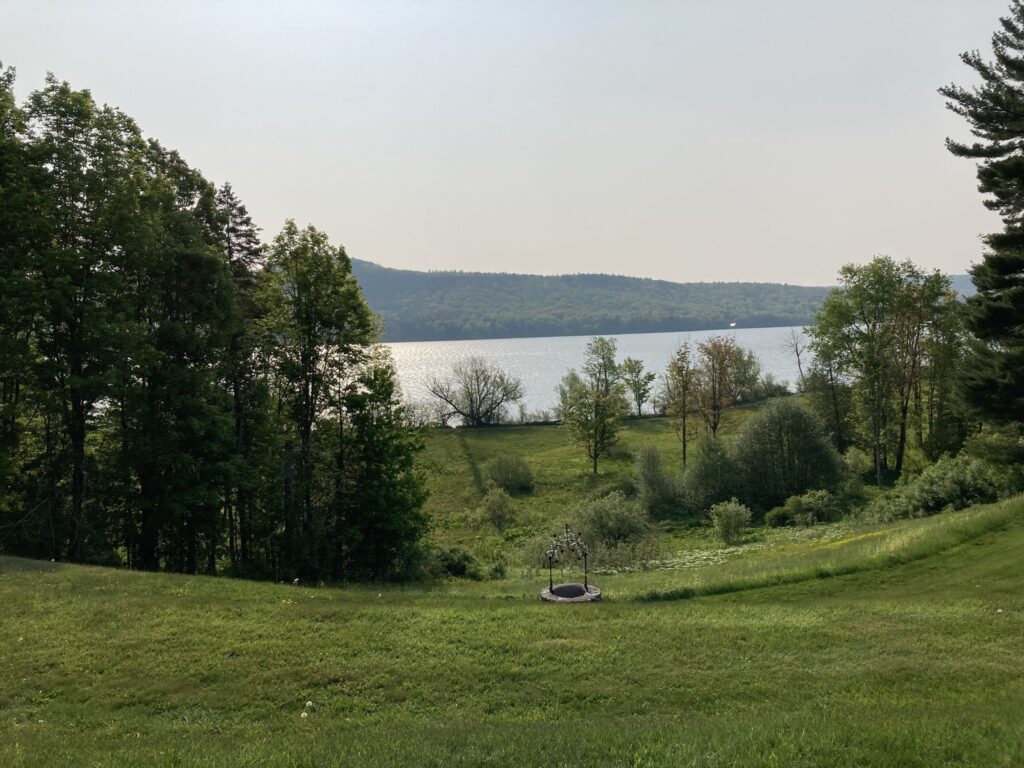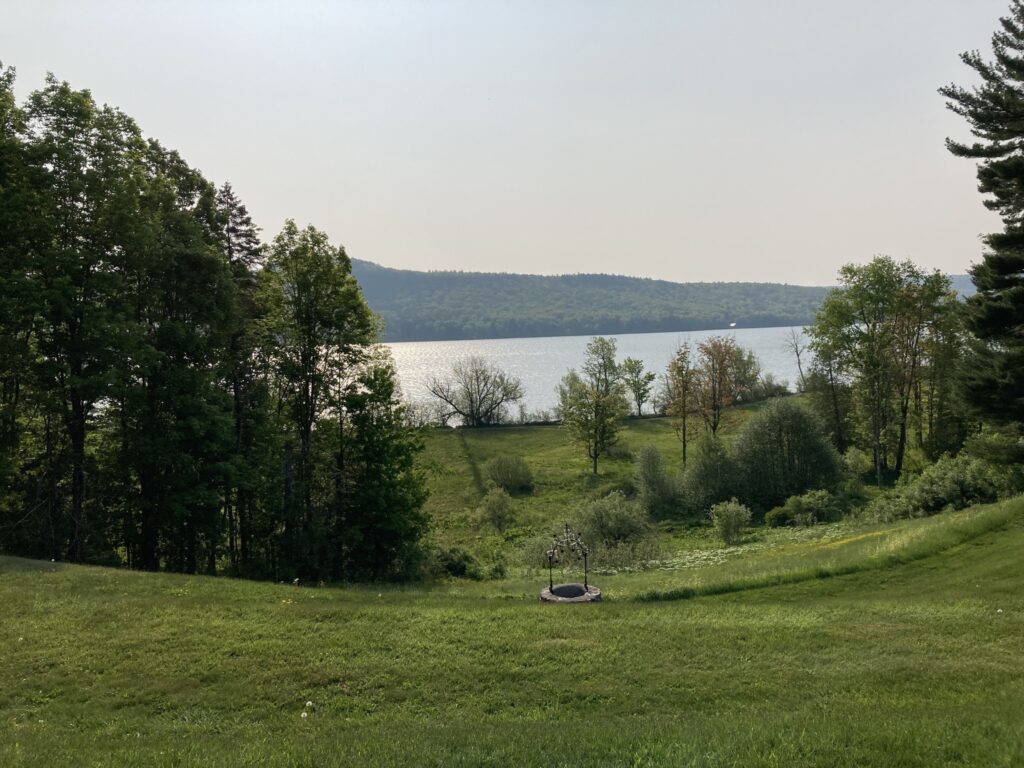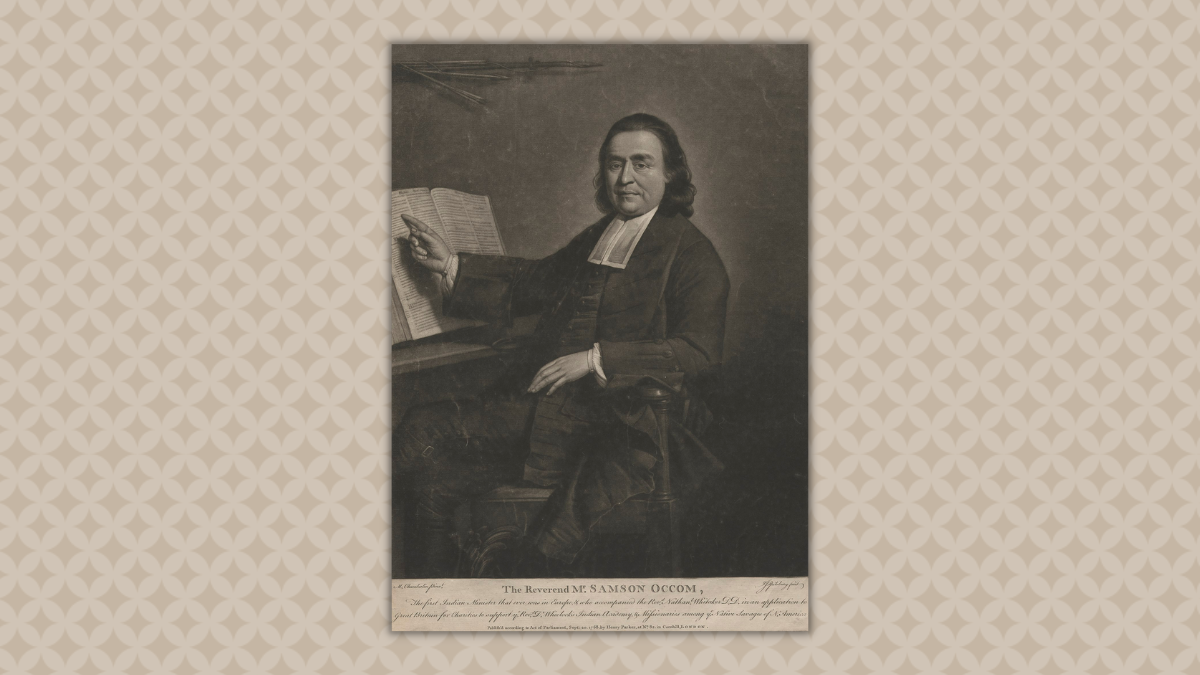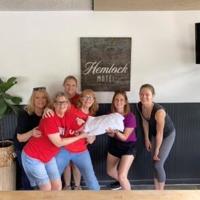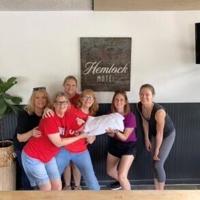[] Mohican State Park: The Complete Guide { e.preventDefault(); Mntl.utilities.loadExternalJS( externalJS , () => { Mntl.CMP.onSdkLoaded(() => { OneTrust.ToggleInfoDisplay(); }) }); }, { once: true }); }); Mntl.CMP.init(true, ‘ccpa’, false, 3000); })(); (function(){ const pageTargeting = { customSeries: ” ,tax0: ‘trp’ ,leuid: ‘161732010582001’ ,custom: ” ,sbj: ” ,rid: ‘ned1882023ca24d5ba5dd18cc938b20e202’ ,stax: ‘trp_ohio,trp_destinations,trp_united-states’ ,sid: ‘ned1882023ca24d5ba5dd18cc938b20e202’ } ; const baseSlotTargeting = { gtemplate: ‘article’ ,leaid: ‘129105’ ,revenueGroup: ” ,docId: ‘7483682’ ,viewtype: ” ,type: ‘article’ ,ptax: ‘trp_united-states’ ,vid: ‘0’ ,tax1: ‘trp_destinations’ ,tax2: ‘trp_united-states’ ,t: ‘110’ ,au: ‘129105’ ,tier: ‘L’ ,jny: ‘0’ ,leuid: ‘161732010582001’ ,sbj: ” ,id: ‘7483682’ ,tax5: ” ,aid: ” ,tax3: ” ,jnyroot: ” ,tax4: ” } ; pageTargeting.mtax = [‘11030′,’17352′,’17353′,’11482′,’16732′,’16698′,’16731′,’11277′,’11035′,’11259′,’16537’]; pageTargeting.w = Mntl.utilities.getW(); const initialSlots = []; initialSlots.push({ config: { id: ‘oop’, sizes: [[1, 1]], type: ‘outofpage’, rtb: false, timedRefresh: 0, waitForThirdParty: true }, targeting: Mntl.fnUtilities.deepExtend({}, { pos: ‘atf’, priority: 0 }) }); initialSlots.push({ config: { id: ‘leaderboard-flex-1’, sizes: [[728, 90], [970,90], [970, 250]], type: ‘leaderboard’, rtb: true, timedRefresh: 0, waitForThirdParty: false }, targeting: Mntl.fnUtilities.deepExtend({}, { pos: ‘atf’, priority: 1 }) }); const testIds = Mntl.GPT.getTestIds(); pageTargeting.ab = testIds; pageTargeting.bts = testIds; Mntl.utilities.onLoad(function() { Mntl.utilities.loadExternalJS({ src: ‘//securepubads.g.doubleclick.net/tag/js/gpt.js’, async: false }); }); const options = { domain: ‘www.tripsavvy.com’, templateName: ‘structuredcontent’, isMobile: false, dfpId: ‘3865’, publisherProvidedId: ‘3299b1ec-98d9-4c6e-8ef5-d2e652d97b58’, singleRequest: false, useLmdFormat: true, useOxygen: true, useInfiniteRightRail: true, useAuctionFloorSearch: true, bundlePrebid: false, lmdSiteCode: ‘hlt’, pageTargeting, baseSlotTargeting, geo: { isInEurope: false, isInUsa: true }, initialSlots, auctionFloors: {“billboard2”:{“floor”:”120″,”id”:”0436aeabb2af4d7b985086b682a4bfc4″},”other”:{“floor”:”50″,”id”:”5f13090b5d2d43d898e8f340e0a122bd”},”billboard6″:{“floor”:”120″,”id”:”c12d5547014f4de4b3da00a8b081a73f”},”billboard5″:{“floor”:”130″,”id”:”df0718e15fdf4fafa5781dd0db6e304e”},”billboard4″:{“floor”:”50″,”id”:”e57b94a983b042e9a4379f45c00a69dd”},”billboard3″:{“floor”:”60″,”id”:”76ea688a59bd41cea6a65d96541c28dc”},”billboard9″:{“floor”:”50″,”id”:”c7e7f42675134d6cb6940ee744dbb9ae”},”billboard8″:{“floor”:”115″,”id”:”a15ec2c5a4784f818b4d7e3945a6b7b5″},”billboardfooter2″:{“floor”:”50″,”id”:”0294e40d1b934104ab0707760571336d”},”billboard7″:{“floor”:”115″,”id”:”d638191f0c3e4d0ca5318ce588fa02a4″},”leaderboardac”:{“floor”:”175″,”id”:”ed55f00895e74eedafb377141f69b394″},”leaderboard-fixed”:{“floor”:”105″,”id”:”f60b8b8486c44db3a68b0e9f971ee854″},”billboardfooter”:{“floor”:”160″,”id”:”c215c80461de4fbc83febcee123ed758″},”leaderboardfooter2″:{“floor”:”100″,”id”:”b0a004aa83e74c4593f6d6f9e4a5896c”},”leaderboard-flex-1″:{“floor”:”200″,”id”:”46a3669a57ad4b238e39b6cc4db80637″},”leaderboard-flex-2″:{“floor”:”5″,”id”:”f6ea9b134e1e48e49be785fa235b93a4″},”square-flex-2″:{“floor”:”120″,”id”:”4372d5460e8a48ce8363b86f0f038b71″},”square-flex-1″:{“floor”:”135″,”id”:”981f1e02e7f94deaa2c6bdfd447170c2″},”adhesive”:{“floor”:”220″,”id”:”3c34f13c9cba49a189b2b8f0aab2c5d4″},”square-fixed-4″:{“floor”:”135″,”id”:”0e4b8ce95a1c44539af138c9f47ec9b8″},”leaderboard-fixed-3″:{“floor”:”70″,”id”:”2f3dafb52899480f9be9d6795ccd1e57″},”square-fixed-3″:{“floor”:”155″,”id”:”400153b78c684554a415526c6674e7ae”},”square-fixed-2″:{“floor”:”10″,”id”:”8d6e6fed37c846c3905bfd22f7592471″},”leaderboard-fixed-1″:{“floor”:”110″,”id”:”b1c41c1a49a7418292df93453c0b5d08″},”square-fixed-1″:{“floor”:”60″,”id”:”1407837898204c49bf78cf29740831c4″},”leaderboard-fixed-2″:{“floor”:”105″,”id”:”8835b30ea11945a5b40a7686b81c7505″},”square-fixed-8″:{“floor”:”120″,”id”:”9106fbde84e6442fa227349e549daef1″},”mob-square-fixed-8″:{“floor”:”105″,”id”:”83f388bba82e42488ceabd5503e3ca98″},”square-fixed-7″:{“floor”:”120″,”id”:”6987b941f3f949f9bb4e707455695164″},”mob-square-fixed-9″:{“floor”:”105″,”id”:”eb1f9f3fb9c84cbc93ed5aab552134b9″},”square-fixed-6″:{“floor”:”135″,”id”:”7c59fb3b41dc446d9d276ad655946e9d”},”leaderboardfooter-flex-2″:{“floor”:”165″,”id”:”2a4f97bbef5641ddae019e55d4d54b91″},”leaderboard-fixed-5″:{“floor”:”30″,”id”:”238d67a0ec2044fe9c9ced3ec0310acf”},”square-fixed-5″:{“floor”:”140″,”id”:”6e4e03b8cd0644619bae6a83b54d8b3d”},”leaderboardfooter-flex-1″:{“floor”:”185″,”id”:”5b159c1711fd4b0c8b1d092f7131e001″},”leaderboard-fixed-6″:{“floor”:”105″,”id”:”dcfc7022f9074fbf867f94afa43740da”},”billboard”:{“floor”:”135″,”id”:”8e3a8ca059554a2e99109ee9ebb9744a”},”leaderboard”:{“floor”:”190″,”id”:”466b7829d08748bb948506090d189b81″},”square-fixed”:{“floor”:”5″,”id”:”bbaae695b4954e61b4a8a558fce49fc9″},”leaderboardfooter”:{“floor”:”100″,”id”:”f0de276526834405a2ba13a548b4ee4b”},”dynamic-inline”:{“floor”:”10″,”id”:”1496ad7fe0104445a78815038668e01b”},”square-fixed-9″:{“floor”:”110″,”id”:”04d751a6c21344e6b03b3dadd364aa60″},”billboard10″:{“floor”:”50″,”id”:”82943b21be5a4ac487dcc679e988833b”},”mob-adhesive-banner-fixed”:{“floor”:”50″,”id”:”38ef8ebbde8a4250aeabcd3bc844ef8b”},”billboard11″:{“floor”:”50″,”id”:”e0c856fc09e44f688dd315e7aa143a24″}}, utils: { collapseAd: Travel.GPT.collapseAd, generateSlotId: Travel.GPT.generateSlotId, buildGptUrl: Travel.GPT.buildGptUrl }, displayOnScroll: false, displayOnConsent: true, adsToCollapse: [‘leaderboard*’,’square*’] }; if (Mntl.AdMetrics) { Mntl.AdMetrics.init(“7483682”, “ned1882023ca24d5ba5dd18cc938b20e202″, initialSlots.map(slot => slot.config.id), Date.now()); } else { Mntl.AdMetrics = { pushMetrics: () => {} }; } Mntl.GPT.init(options); }());// moved from gtm.ftl so we can initialize GTM only onLoad. From https://support.google.com/tagmanager/answer/6103696?hl=en Mntl.utilities.onLoad(function() { (function(w,d,s,l,i){w[l]=w[l]||[];w[l].push({‘gtm.start’:new Date().getTime(),event:’gtm.js’});var f=d.getElementsByTagName(s)[0],j=d.createElement(s),dl=l!=’dataLayer’?’&l=’+l:”;j.async=true;defer=true;j.src=’//www.googletagmanager.com/gtm.js?id=’+i+dl;f.parentNode.insertBefore(j,f);})(window,document,’script’,’dataLayer’,’GTM-5P3SZGS’);…
Continue reading
